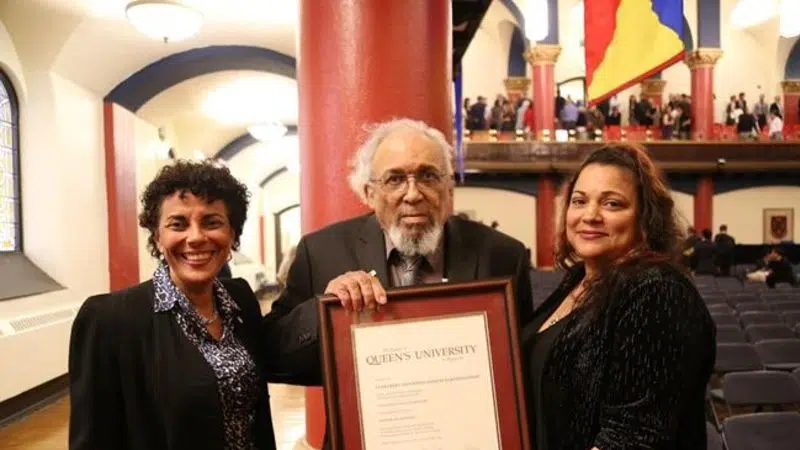
Queen’s to teach med students about historic ban on black applicants to program
When medical students begin classes at Queen’s University this fall, they’ll be taught for the first time about the school’s decades-long ban on admitting black applicants to the program.
The university in Kingston, Ont., apologized earlier this year for the ban — which was established in 1918 and enforced until 1965 — and vowed to take further steps to address past discrimination. A portion of the first-year medical curriculum is now being dedicated to discussing the ban and its long-lasting effects.
For the family of Ethelbert Bartholomew, a black medical student who was expelled from Queen’s when the ban came into effect, the move is being seen as a way to make up for past wrongs.
“It starts with recognizing the history, atonement,” said his great-niece, Maria Bartholomew. “I think the most important thing is to start the conversation.”


